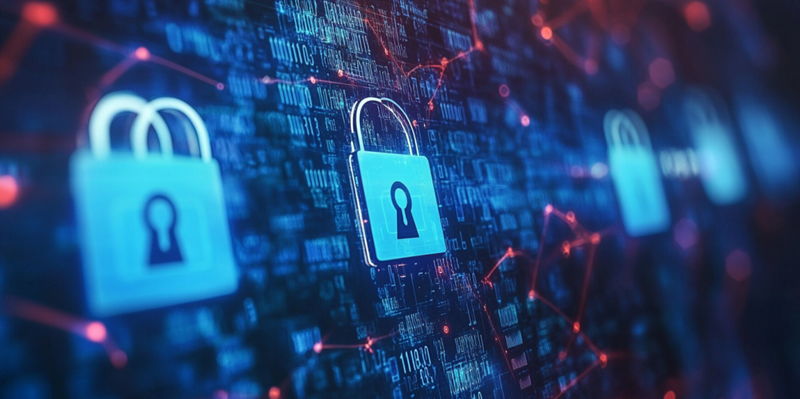If you’re an enterprise executive or cybersecurity specialist, you likely understand the increasing complexities of the threat environment. Cybercriminals continue to evolve their tactics, enhancing their arsenals to target organizations, interfere with business operations, and gain access to sensitive IT resources. As of February 2024, the global average data breach cost reached $4.88 million, up from $4.45 million the previous year, underscoring the escalating financial risks organizations face.
An inadequate enterprise security posture amplifies these risks, exposing businesses to data breaches, financial losses, and reputational impact. It also erodes customer trust and threatens regulatory compliance. The rising costs of breaches emphasize the importance of regularly auditing and strengthening security posture management to stay resilient in the cyber threat environment.
Asset Inventory and Categorization
As your IT environment expands, manually updating your software asset inventory becomes laborious and time-consuming. Adopting automation is essential to maintaining a strong security posture, as outdated and incomplete software inventories can expose your organization to unnecessary risks. Automating asset inventory management ensures real-time updates for continuous visibility into assets, enabling timely adjustments to security protocols that preserve system integrity and security.
It is important to note that not all assets are of equal worth. By classifying the assets in terms of sensitivity and criticality to business operations, resources can be allocated more efficiently. Security measures can be more focused on certain assets, such as customer data storage, financial systems, or intellectual property, to minimize the risk of exposure. This involves establishing criteria for asset categorization and ensuring that high-value assets receive adequate protection measures.
Threat Assessment
A threat assessment is essential in estimating the chances of a particular threat exploiting specific vulnerabilities and the consequences of such an incident. The external threats facing a business, such as malicious cyber activities, malware attacks, and data compromises, must be evaluated in conjunction with internal issues such as a lack of appropriate controls or misconfigurations. Enterprises should also consider emerging threats, such as evolving malware and advanced attack methods.
The following methodologies might be helpful in threat assessment: Performing qualitative analysis to enable rapid risk assessment and action prioritization, and performing quantitative analysis to improve risk prioritization by quantifying the business impact regarding costs or downtime. These methods allow organizations to spend resources more effectively by addressing the most significant risks first, thus improving the overall security posture.
Reviewing Current Security Protocols
Analyzing current protection measures, such as software and hardware defenses, assists in determining the efficiency of existing protocols, tools, and policies in combating cyberattacks. By assessing the security setup’s strengths and shortcomings, you may identify areas for improvement. This reflective process is integral to maintaining a proactive stance in managing cybersecurity threats and ensuring that defenses remain up to date.
After completing the assessment, it’s essential to act on the findings. The insights gathered should drive strategic decisions on how to enhance security measures. A key part of this process is benchmarking your security measures against industry standards such as NIST, ISO 27001, or CIS Controls. Comparing the security framework to these best practices can help identify gaps and areas that need strengthening, promoting a robust, adaptable cybersecurity posture.
Vulnerability Scanning and Penetration Testing
Automated vulnerability scans will be used to find weaknesses in the network, applications, and systems and identify pre-existing code flaws. This is followed by penetration testing, which involves simulating real-world attacks to check if such entry is possible. In penetration tests, teams will actively try to exploit the identified vulnerabilities to show possible unauthorized access or other malicious actions.
A penetration test is more focused on determining the potential damage a flaw might cause in real time rather than discovering all the vulnerabilities available in the system. Together, these cyber solutions provide a comprehensive view of security risks and guide prioritization for remediation. Addressing identified weaknesses promptly helps to maintain a solid security stance and reduces the potential for exploitation by attackers.
Risk Reporting and Strategic Remediation Planning
Document the findings of your assessment, focusing on critical areas of concern and providing actionable recommendations for improvement. This report should prioritize the most critical risks and outline steps for remediation. These steps may include policy updates, implementing security technologies, and conducting staff training to mitigate identified vulnerabilities effectively. Based on the risk assessment, create a detailed remediation plan that prioritizes which vulnerabilities to address first.
By creating a structured and actionable roadmap, your organization can efficiently close security gaps and enhance enterprise protection. This plan should be communicated to all relevant stakeholders and be continuously updated as new risks are identified, ensuring that the enterprise remains resilient in the face of ever-evolving cyber threats.
While promoting cybersecurity awareness amongst employees is crucial, it is equally essential that all measures are complemented by a much more robust security architecture that deters potential threats, prevents needless attacks, and recoups in the event of a cyber-attack.
This involves implementing the IAM security framework, which uses multi-factor authentication (MFA) to protect critical data from being accessed by unauthorized personnel. In light of the growing remote work tendency and device diversity, unified endpoint management (UEM) solutions are essential in ensuring the security of all endpoints. Encryption, regular data backup, and a zero-trust security model are fundamental protection measures. Furthermore, combining solutions such as endpoint protection platforms (EPP), endpoint detection and response (EDR), and network security measures like intrusion detection systems (IDS) is a crucial step in improving an organization’s security posture. Together, these elements ensure a proactive approach to cybersecurity, reducing vulnerabilities and strengthening resilience against modern threats.

